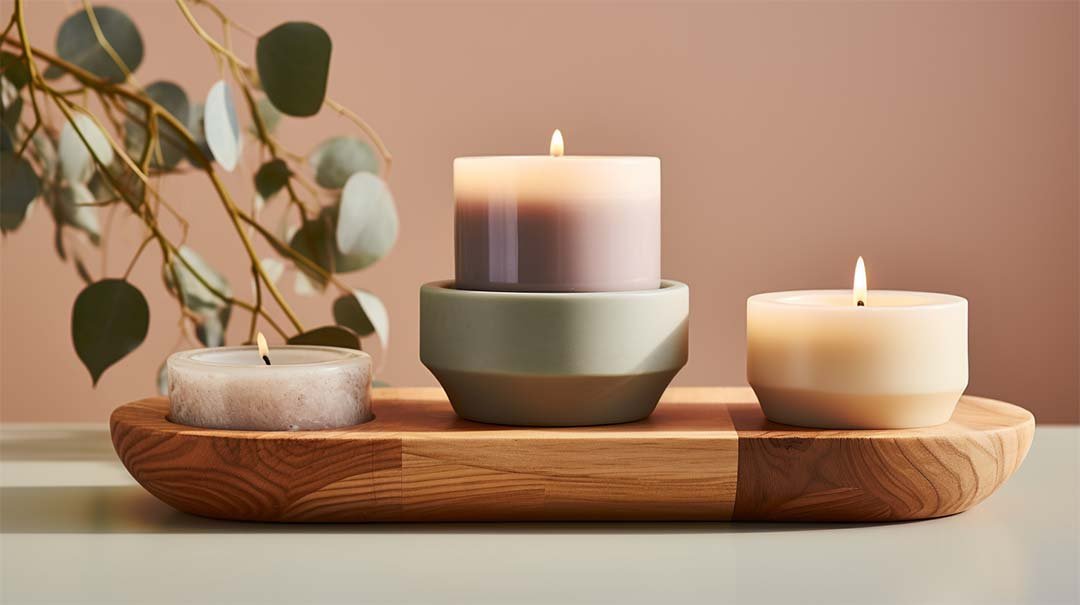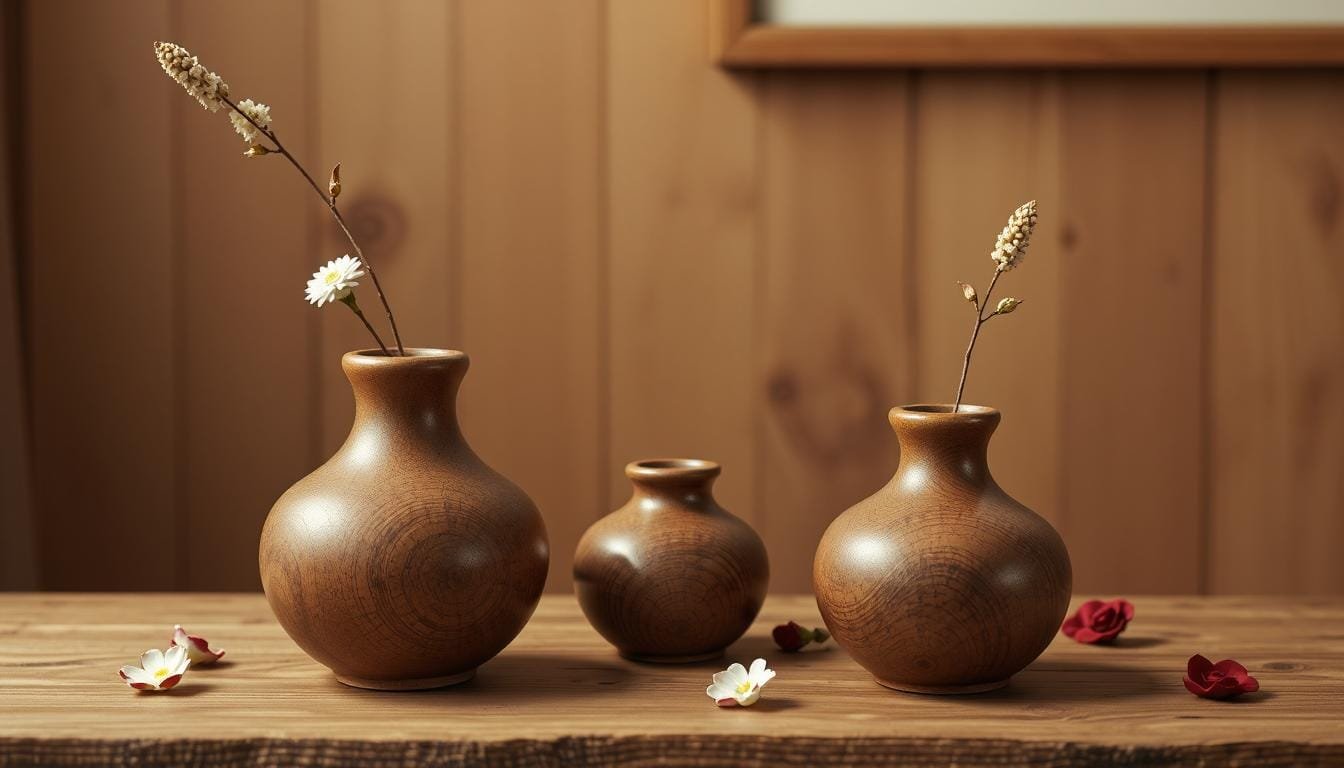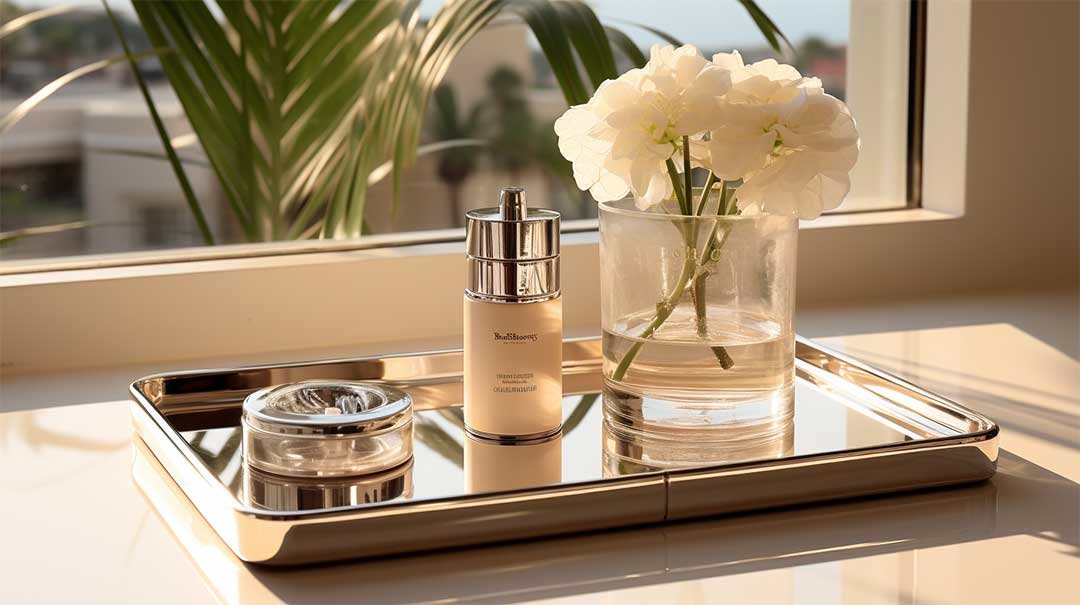We’ve all sen the allure of wooden trays. They add an undeniable touch of elegance and rustic charm to our homes. However, like all wooden items, they’re susceptible to wear, tear, and damage. So, how do manufacturers ensure that these pieces not only look good but also last a long time?
The secret lies in the finishes applied. These finishes protect the wood from external factors like moisture, heat, and scratches, ensuring the tray’s longevity and durability.
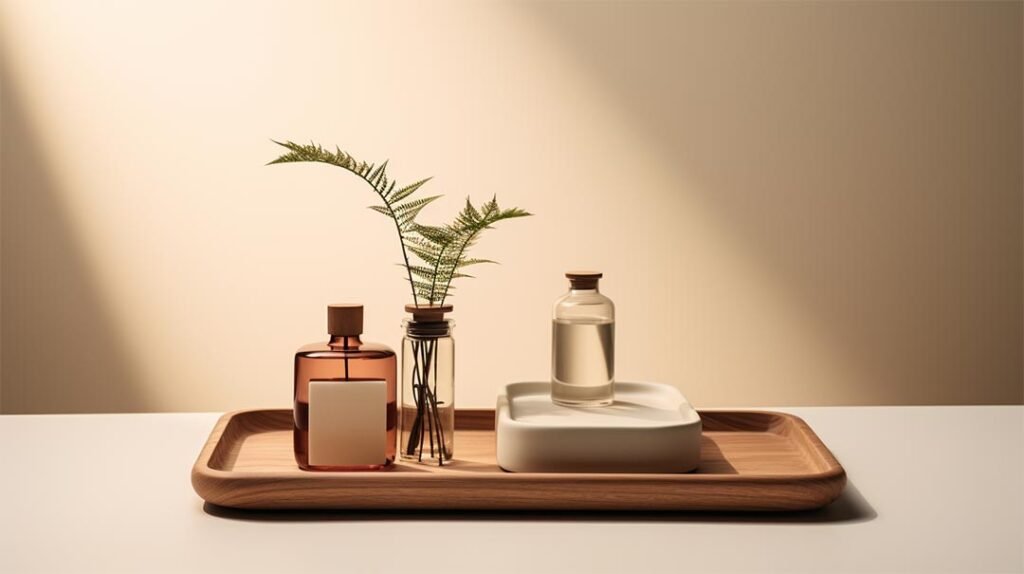
The Beauty and Vulnerability of Wooden Trays
The Need for Finishing
Wood, as beautiful and versatile as it is, has its vulnerabilities. It can warp with moisture, get stained easily, and even become a breeding ground for bacteria if not properly treated.
Hence, wooden trays, which often come into contact with food and liquids, need an extra layer of protection. Enter finishes. They act as a shield, ensuring that the wood remains as ompeccable as the day it was crafted.
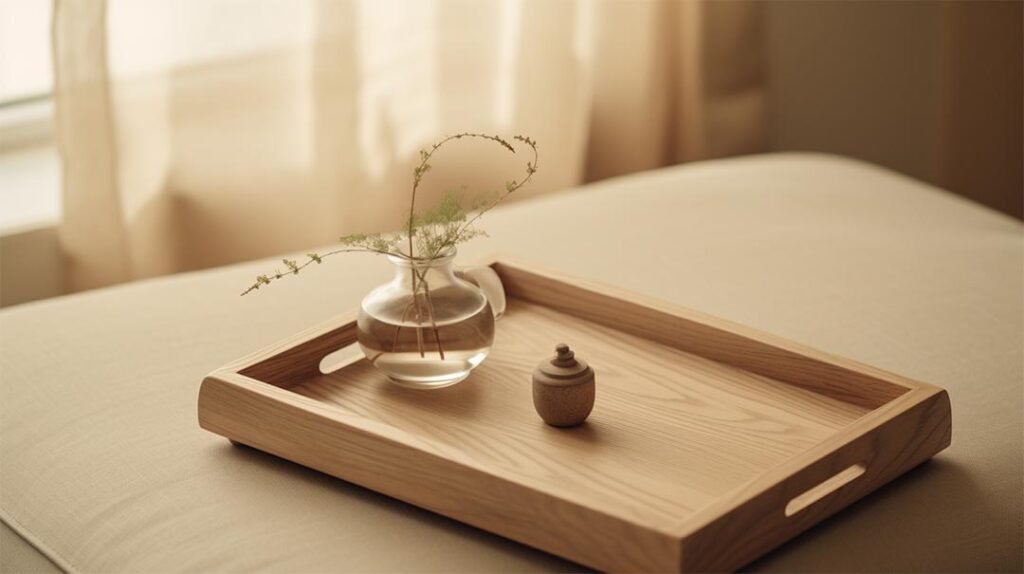
Common Finish for Wooden Trays
1. Oil Finishes(e.g., Linseed Oil, Tung Oil)
- Benefits: Enhances the natural beauty of the wood grain, provides a soft sheen, and is food-safe when fully cured.
- Usage: Ideal for trays intended for serving food.
2. Shellac
- Benefits: Offers a natural, glossy finish and is food-safe.
- Usage: Often used on decorative trays or trays used for dry items.
3. Polyurethane (Water-based or Oil-based)
- Benefits: Provides a tough, protective coat that is resistant to water, heat, and many household chemicals. Available in various sheens from matte to glossy.
- Usage: Commonly used for trays that might face regular wear, like those in kitchens or frequently used living spaces.
4. Lacquer
- Benefits: Dries quickly to provide a hard, durable, and clear or colored finish.
- Usage: Typically seen on commercial trays or trays with a shiny, polished look.
5. Wax (e.g., Beeswax, Carnauba Wax)
- Benefits: Offers a soft sheen, enhances the wood’s natural beauty, and provides a smooth touch.
- Usage: Often combined with oil finishes for trays meant for light use or decorative purposes.
6. Varnish
- Benefits: Provides a hard, protective surface that is resistant to water and wear.
- Usage: Suitable for trays that are exposed to water or used outdoors.
7. Stains
- Benefits: Adds color to wood while allowing its natural grain to show.
- Usage: Mostly aesthetic. Stained trays are often sealed with another protective finish.
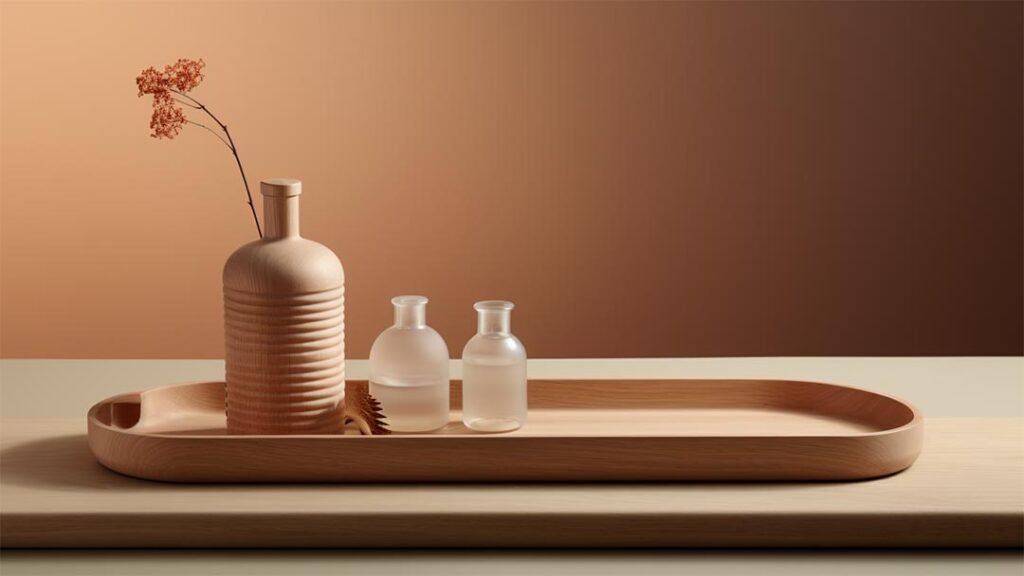
Natural vs. Synthetic Finishes
Pros and Cons
The debate between natural and synthetic finishes is like comparing apples to oranges. Natural finishes, like oils and shellac, give a soft, warm appearance and are generally food-safe. They’re also renewable and eco-friendly. However, they might require more frequent reapplication.
On the other hand, synthetic finishes, such as polyurethane, are more durable and resistant to external factors. But, they might not be as eco-friendly or safe for direct food contact (unless specified).
Maintaining Your Finished Wooden Tray
Regular Cleaning Tips
Maintaining the beauty of your finished wooden tray doesn’t require much effort. A simple wipe with a damp cloth after use should suffice. Avoid using abrasive cleaning agents or pads, as they can damage the finish and the wood beneath.
Protecting From Scratches and Heat
While finishes offer protection, it’s always wise to use coasters or mats when placing hot items on the tray. Also, avoid dragging sharp objects across the surface to maintain its pristine appearance.
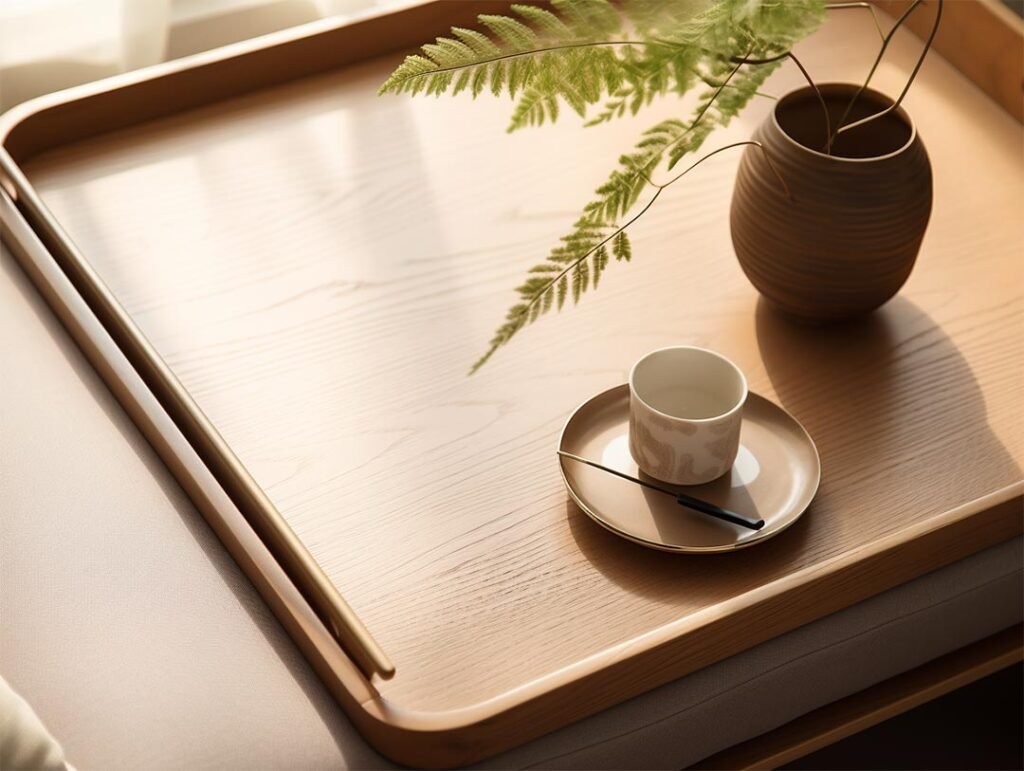
Conclusion
Wooden trays are more than just functional items; they’re pieces of art. The finishes applied play a pivotal role in ensuring they remain beautiful and functional for years. Whether you’re a fan of the natural sheen of oil or the durable gloss of polyurethane, it’s evident that finishes are the unsung heroes in the world of wooden trays.
FAQs
- Can I refinish my wooden tray if the current finish wears off?
Absolutely! It’s advisable to sand down the current finish gently and then apply your desired new finish. - How often should I reapply natural oil finishes?
Depending on usage, it’s good to reapply natural oils like linseed or tung oil once every 6-12 months. - Are there any food-safe synthetic finishes?
Yes, certain polyurethane finishes are labeled as food-safe. Always read the label before application. - How do I know if my tray’s finish is wearing off?
The wood might look dull, feel rough, or water might not bead up on the surface. - Can I mix finishes, like oil followed by shellac?
Some finishes can be layered, but it’s crucial to ensure compatibility. For instance, shellac can be applied over oil but not vice versa.
When it comes to wood, it’s not just about the timber, but the shimmer! The right finish not only enhances the wood’s beauty but protects it for a lifetime of use. Cheers to beautiful, long-lasting wooden trays!

